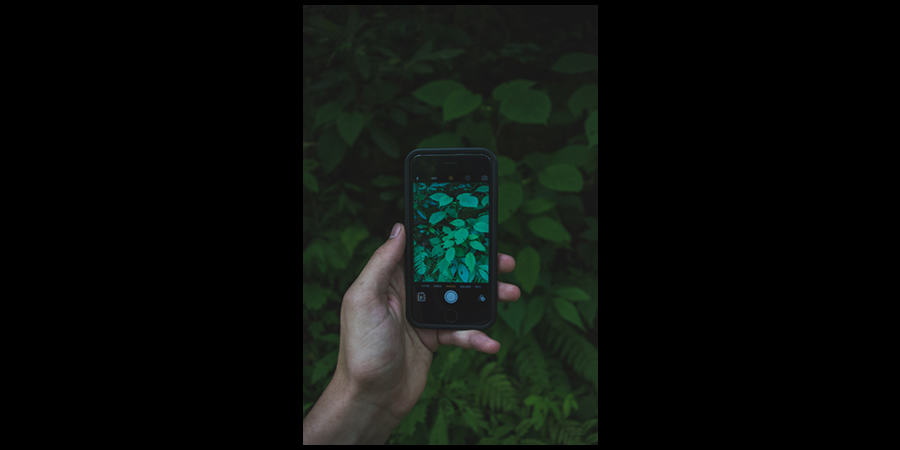ICT industry entities such as GSMA and ITU have been relentlessly advocating for ‘greener networks’ in the hopes of achieving a significant reduction of the environmental impacts of the ICT sector. ICTs contribute to around 2 to 2.5 percent of global greenhouse gas (GHG) emissions; however, ICTs are also well positioned to assist other sectors of the economy in reducing carbon emissions. With a host of initiatives, they aim to limit global warming within a 1.5°Celcius target set by the ITU Recommendation ITU-T L.1470 compatible with the UNFCCC Paris Agreement.
Robust discussions and interactions have been put in place by the organizations to encourage operators, vendors, research institutions, and other ecosystem players to participate in the standardization efforts of equipment used to reduce the environmental footprint of digital goods and services. They also encourage stakeholders to share knowledge, develop and adopt common approaches towards an environmentally friendly ICT ecosystem.
As per the International Energy Agency (IEA) forecast, the growing use of residential ICTs and consumer electronics goods will triple electricity consumption by 2030 if no action is taken to improve their efficiency. However, it also concludes that the adoption of the most efficient technologies would cut electricity consumption by more than half, preventing the increase to 1 percent a year through 2030. This level of energy savings would save 260 gigawatts in additional power demand – more than the current electrical generating capacity of Japan.
By infusing green ICTs across the industry, up to ten times more energy can be saved. Thus, making network infrastructure power-aware and energy efficient is being seen as an important step towards reducing the energy footprint in the ICT sector.
So what’s green networking?
Low power consumption or energy-efficient communication networks, especially concerning environmental issues are commonly referred to as green networks. Its primary objective is to minimize energy consumption, increase energy efficiency or energy optimization. Green networks’ beginnings go back to the models proposed by researchers in 2003-2004 whereby the researchers proposed network devices and strategies that enabled reduction of energy consumption and energy efficiency – the main difference between traditional or non-green networks and green networks.
Pegs for green networks
There are four main important techniques for establishing green networks:
- Adaptive link rate (ALR): A widely used approach in making network infrastructure and network protocols power-aware and green. ALR technology reduces power consumption by adapting link speed to traffic demand. If there is no communication in the network, devices go into sleep mode.
- Interface proxying: Outsourcing network operations from CPU and to on/off devices on demand. When there is less communication in the networks, it turns on devices that consume low power.
- Energy-aware infrastructure: Design and management of networks, including clean slate network design whereby the entire network is made energy-aware and energy-efficient.
- Energy-aware applications: Energy-efficient software designs (virtualization) in place of hardware components.
Some of the best practices
Network engineers have explored both wired and wireless network to analyze the energy consumption pattern of network devices and to reduce energy consumption using different strategies.
- Re-engineering the network: Aims at optimizing network elements or designing with completely new energy-efficient equipment or devices with a focus on energy-efficient hardware devices.
- Dynamic adaptation: Modulates the capacities of packet processing engines and network interfaces to meet actual requirements with intelligent modulation and routing. Smart routers automatically operate according to network traffic.
- Sleeping/standby mode: Considers the case where the networking equipment or parts of the equipment are switched to a sleep state, using intelligent networks, smart devices, or software. Smart devices such as wireless card/LAN card turn off when there is no communication or traffic, however, when it senses network traffic or communication it turns on automatically.
- Renewable energy source: A completely green network involves the entire network using renewable energy (wind and solar). However, if few devices are using renewable energy, they are called partial green networks.
- Power amplifier: This electronic device increases the magnitude of voltage or current of an input signal. It can convert a weak electrical signal to reproduce a similar strong signal at the output device, minimizing energy requirement to some extent. Networks using power amplifiers also fall under partial green networks.
- Smart topology:
- Femtocells or microcell is a small, lower power cellular base station designed for use at home or small organizations. Also called Femto access point, it connects to the service providers’ network through broadband such as DSL or cable. Current design supports 4 to 8 simultaneously active mobile phones in a residential setting depending on versions and femtocell hardware.
- Cognitive Radio (CR): A form of wireless communication in which a transceiver intelligently picks active and passive communication channels and instantly switches into vacant channels and changes its transmission or reception parameters to allow more concurrent wireless communication in a given spectrum band in one location as a form of dynamic spectrum management.
Green networks focus on consuming less energy to ensure environmentally responsible usage of communication networks and related sources. Strong government and industry efforts on energy efficiency, renewables procurement, and RD&D are of massive importance to limit growth in energy demand and GHG emissions.
As the ICT sector and systems become ever more complex, greater transparency between the different levels in how they communicate and interact with each other is warranted to design more energy-efficient operations of the future.










